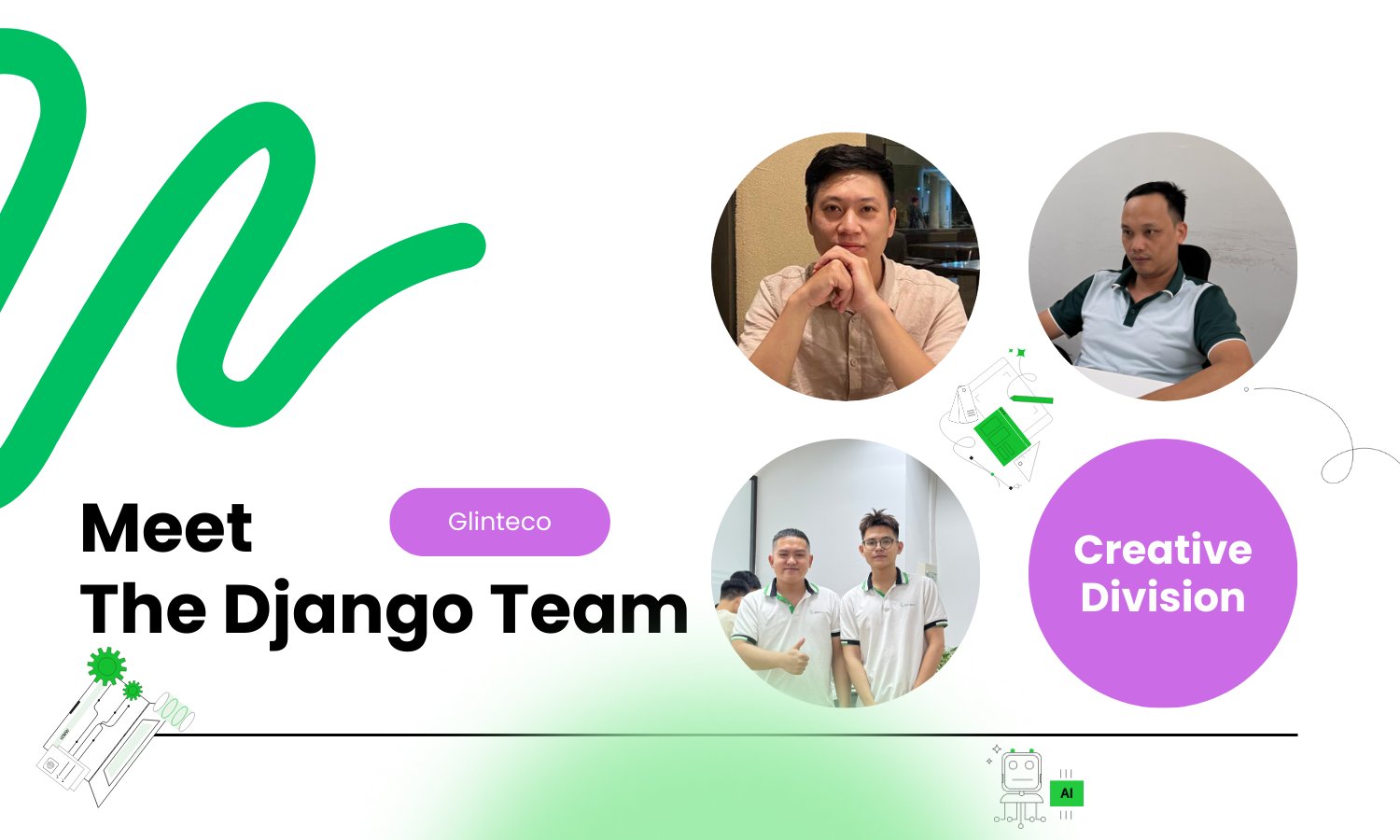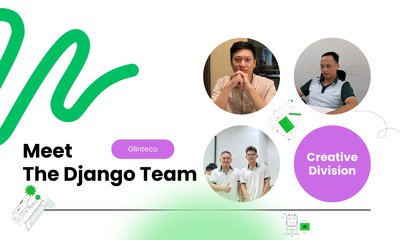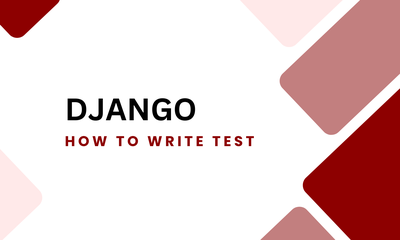Building API-Driven Applications: Why Django Developers Are the Right Choice
By JoeVu, at: Feb. 17, 2025, 11:38 a.m.
Estimated Reading Time: __READING_TIME__ minutes


Recently, APIs are the backbone of how applications connect and share data effortlessly. This is supporting mobile apps, integrating with third-party tools, and creating dynamic web experiences. Hence, API-driven architectures are the cornerstone of modern digital success.
When it comes to crafting reliable, scalable, and efficient API-driven applications, Django developers truly shine. Let me walk you through why Django developers are such a great fit for these projects and how our team at Glinteco used Django to tackle challenges in the pirc.ai project.
Why Django for API-Driven Applications?
Django, a high-level Python web framework, provides developers with a powerful toolkit to build secure and scalable web applications. Its robust features make it an excellent choice for API-driven projects, but it’s not the only option. FastAPI, another modern Python framework, is also gaining popularity for building high-performance APIs. Let’s explore both:
Why Choose Django?
- Django Rest Framework (DRF): A widely-used package that simplifies API development, offering features like serialization, authentication, and permissions.
- Scalability: Django’s design principles make it suitable for projects ranging from small MVPs to large-scale enterprise solutions.
- Security: With built-in protections against common vulnerabilities like SQL injection and CSRF, Django ensures a secure foundation for APIs.
- Extensibility: Django’s modular nature allows easy integration with third-party tools and libraries.
Why Consider FastAPI?
- Performance: FastAPI is optimized for speed and can handle high-throughput applications efficiently.
- Modern Design: It uses Python type hints to provide automatic validation and detailed documentation.
- Ease of Use: Built-in support for asynchronous programming makes it ideal for real-time applications.
API Documentation Tools for Django
Django also supports several excellent packages for API documentation:
- drf-yasg: Automatically generates Swagger/OpenAPI documentation for your APIs.
- django-rest-swagger: A simple and effective way to provide documentation for Django Rest Framework APIs.
- coreapi: Allows developers to build dynamic and interactive API documentation effortlessly.
Glinteco's Expertise: The pirc.ai Project
At Glinteco, we specialize in creating innovative, API-driven solutions tailored to our clients’ needs. A recent project, pirc.ai, showcases the power of Django and how our team overcame complex challenges using its ecosystem.
About pirc.ai
Pirc.ai is a startup platform integrating AI to provide intelligent solutions for handy contractors in the USA. The project required developing a mobile and web application with real-time data synchronization and seamless user experiences.
Challenges and Solutions
1. Complex Data Synchronization
- Challenge: Managing real-time updates and maintaining data consistency across multiple platforms.
- Solution: We utilized Django Rest Framework to build a robust API capable of efficient data handling. By integrating Celery with Redis as the message broker, we streamlined the management of asynchronous tasks like data processing and notifications. This approach ensured high performance without compromising on API responsiveness.
2. High Traffic Handling
- Challenge: Scaling the API to accommodate an increasing number of users and requests.
- Solution: Django’s inherent scalability was enhanced with django-channels for WebSocket support, facilitating real-time updates. We also implemented optimized database queries and caching mechanisms using Redis, which significantly improved response times and system reliability. All the infrastructure is setup in AWS.
3. Streamlined Development
- Challenge: Handling different versions of estimations across requests to allow customers to rollback changes anytime.
- Solution: We implemented a version control system tailored for estimations by leveraging Django’s powerful data modeling capabilities. Each estimation request was saved as a separate version, giving customers the flexibility to revert to any previous version. We further enhanced this functionality using Django’s extensive ecosystem of packages, ensuring seamless tracking and management.
4. Basic Configuration Management
- Challenge: Setting up foundational configurations for every estimate, including templates, base costs, and diverse cost types.
- Solution: By utilizing Django’s admin panel and custom models, we designed a dynamic and flexible configuration system. This system enabled users to define estimate templates, establish default base costs, and manage various cost categories effortlessly. These configurations were deeply integrated into the estimation workflow, making it adaptable and intuitive for users.
Conclusion
Building API-driven applications requires a framework and a team that can handle complexity with ease. Django’s powerful features, combined with the expertise of developers familiar with its ecosystem, make it the perfect choice for modern API projects.
At Glinteco, we’ve proven our ability to tackle these challenges and deliver exceptional results, as demonstrated in the pirc.ai project. If you’re looking to build an API-driven solution or hire a Django/Python team, let’s create something amazing together!





